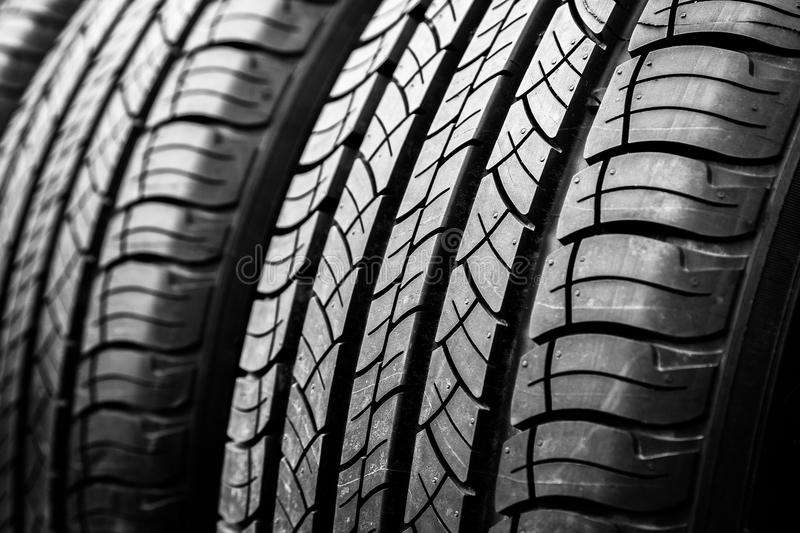It seems everybody has heard some sort of myth from a friend or family member about how to keep an eye on their vehicle’s tires. Although many of these people are not meaning to misinform you, there is a chance they are offering you some outdated advice or simply, advice that is incorrect. Here are a few myths that have been debunked.
When replacing tires, you need to replace all 4
Many people have been taught that when replacing tires, you need to swap out all four. It is recommended you should replace all four tires on your car at the same time; however, if one tire blows out while the others are still in good shape, it isn’t always practical to replace them all. Tires are costly, and you may not be able to afford to replace all four at once.
While it is dependent on how good your tread still is on your tires (3/32″ or more tread depth), it can be more practical to only replace one or more tires. It is important to know that if you replace only two tires, you should put the new ones on the rear. The rear tires offer stability, and without it, steering or braking on a wet or damp surface could result in losing control.
All new vehicles come with a spare
In recent years, many car manufacturers have stopped equipping cars with a spare tire. There are many reasons for this, including better fuel efficiency with reduced weight or lower production costs. While vehicles that do not come with a spare often come with kits that can temporarily fix small punctures, you may be out of luck if you have a larger puncture.
It is recommended that you look into this before hitting the road. You are able to purchase a spare tire if needed, and this might be a good option if you are headed out of town without a readily available service provider nearby.
All tires wear evenly
In a perfect world we would not need to worry about our tires wearing unevenly; however, there are multiple reasons why your tires might wear this way.
Depending on your drivetrain, your front or rear tires may wear quicker than the others. For performance cars with a rear-wheel-drive setup, you will most likely see a quicker wear of the rear tires. The rear tires are responsible for delivering that power to the road, which, in turn, causes them to wear at a higher rate than the front.
Your tires may also wear out more quickly when they are not properly inflated. Whether they are overinflated or underinflated, this will cause your tires to wear disproportionately. If you notice uneven wear in the front, it may also be due to damaged steering components or your tire alignment.

If you have tire monitoring sensors, you do not need to check the pressure of your tires
Although tire pressure monitoring sensors (TPMS) are a great convenience if you know exactly what tire pressure is needed for your tires, the average person is unsure of what their tire pressure should be. TPMS will usually notify the driver when they are approximately 25% below the recommended tire pressure.
It is always good to visually check your tires and have a tire pressure gauge handy to make sure your tires are properly inflated. Properly inflated tires will allow you to have better fuel economy, as well as get a longer life out of your tires.







